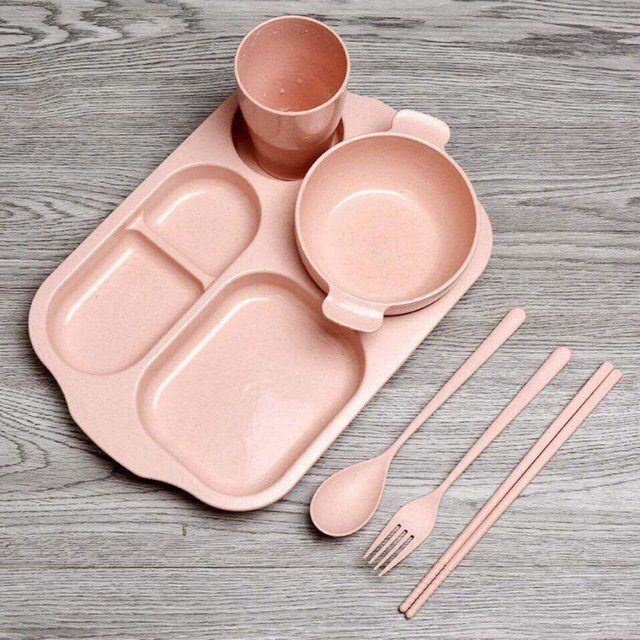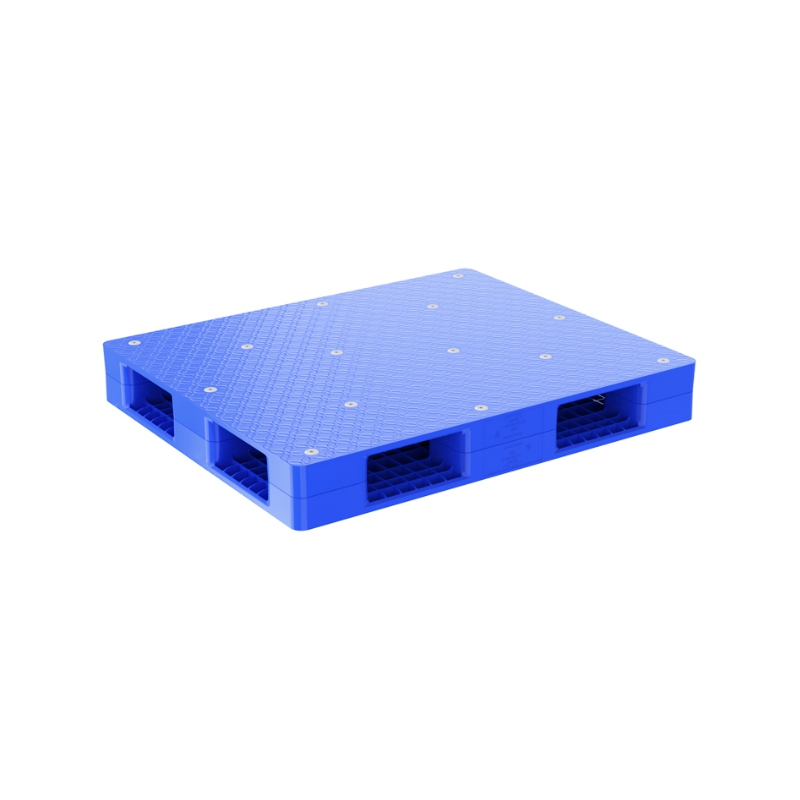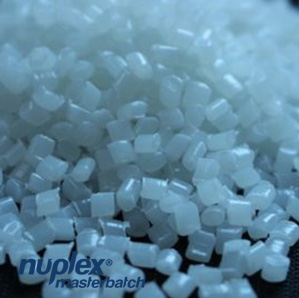NEWS
Common applications of filler masterbatch in thermoforming
About thermoforming
Before getting to know the application of filler masterbatch in thermoforming, let’s take a brief look on its manufacturing. Generally, thermoforming process involves 4 stages:
- First, a sheet of thermoplastic is heated until it becomes pliable and moldable.
- The second stage is the vacuum forming process. In which, the plastic is stretched over a single male mold, and the air is vacuumed out from underneath the mold.
- Subsequently, the heated plastic is placed between male and female molds, which are then pressed against the plastic sheet using compressed air at a pressure that ranges from 20 to 100 psi.
- After that, steam or wind is pumped into the mould to cool the plastic part while keeping it in shape.
- Finally, the moulded plastic part is separated from the mold by spraying air

Due to its simple technology and high productivity, thermoforming is favorable over other types of molding. Some of these benefits include:
- Cost at quantity: Thermoforming is the most optimal choice when it comes to orders in bulk as it allows processing a large quantity at a relatively reasonable price.
- Efficiency: Thermoforming is able to create several finished parts from the same material.
- Lower cost design changes: Thermoforming allows for the detection of possible design and fit issues before it is too late.
Thanks to these outstanding benefits, thermoforming is preferred in many fields such as household items production, medical packaging, trays,…
Advantages of using filler masterbatch in thermoforming
As other plastic manufacturing methods, thermoforming is compatible with most standard resins such as ABS, HDPE, HIPS, PC, PET, PVC,… However, due to the increasing demands for a cost-effective material associated with rising concerns about the global fossil resins market uncertainties, filler masterbatch has come into use as an optimal material solution.

Filler masterbatch (also known as calcium carbonate filler) is composed of three main ingredients including CaCO3 powder, virgin resins and specific additives (normally dispersant and processing aid). The use of filler masterbatch in thermoforming offers end-products several advantages.
- Cost reduction: Containing CaCO3 powder, which is a reasonable substance, calcium carbonate filler partly replaces virgin resins as well as helping manufacturers lessen the dependence on fossil plastic, thus minimizing the negative impacts of the global market on the entrepreneurs.
- Properties enhancement: By adding filler masterbatch in thermoforming, end-products are equipped with better mechanical properties such as tear resistance, anti-friction and anti-slipping property, dimensional stability, rigidity, impact strength and printability. This results in greater performance and aesthetic appearance of end-products.
- Productivity improvement: CaCO3, the main component of filler masterbatch, is a good thermal conductive. Hence, the incorporation of filler masterbatch in thermoforming reduces processing temperature and shortens the products cycle, thus saving energy consumption as well as increasing productivity.
- Environmental friendliness: Last but not least, an outstanding advantage of calcium carbonate filler is its environmental harmlessness. Compared to fossil resin, which releases a great amount of carbon footprint during its manufacturing process, the production of filler masterbatch is far more environmentally friendly. Also, it is an ideal alternative to non-renewable materials, thus opening up sustainable development for thermoforming manufacturers.
Common applications of filler masterbatch in thermoforming
Refrigerator liners
Refrigerator liners are one of the most common applications of calcium carbonate filler. By introducing filler to the processing, the overall performance of end-products can be lifted significantly. According to a study conducted by Heritage Plastics, with a loading of 18%, calcium carbonate filler can improve several key properties including rigidity, impact strength, and dimensional stability. Thus, it can exactly meet all strict technical requirements of manufacturers.

Food trays, pots, and covers
The addition of filler masterbatch in thermoforming applications remarkably enhances productivity by allowing the plastic to heat up and cool down faster. Due to the great thermal ability of CaCO3, plastic can be quickly melted in the extruder as well as faster cooled on calendar rolls. This results in less shrinkage and warping, which provides end-products with exact shape as required.

Transit trays, plastic pallets
The cost effectiveness of filler masterbatch is specifically preferable in thermoforming applications like transit trays and plastic pallets, which have simple design and large quantities. By embedding filler masterbatch, manufacturers can partly replace virgin resins, thus decreasing the material cost.

Building applications
Building trade is one of the largest contributors to the thermoforming products consumption. Plastic thermoforming with HIPs (High Impact Polystyrene) is widely used in the building trade from roof vents to underfloor heating systems, ducting, fascia panels, bath and shower rooms. Accordingly, filler masterbatch is also a vital part of these applications, which not only reduces material cost, but also considerably boosts efficiency.
Besides, the use of filler masterbatch in thermoforming also includes other applications such as disposable cups and plates, household items, plant pots and seeding trays,… Depending on each product’s requirements, the components and loading rate of the filler masterbatch will be determined, thus making it exactly match with end-products.


 Tiếng Việt
Tiếng Việt

